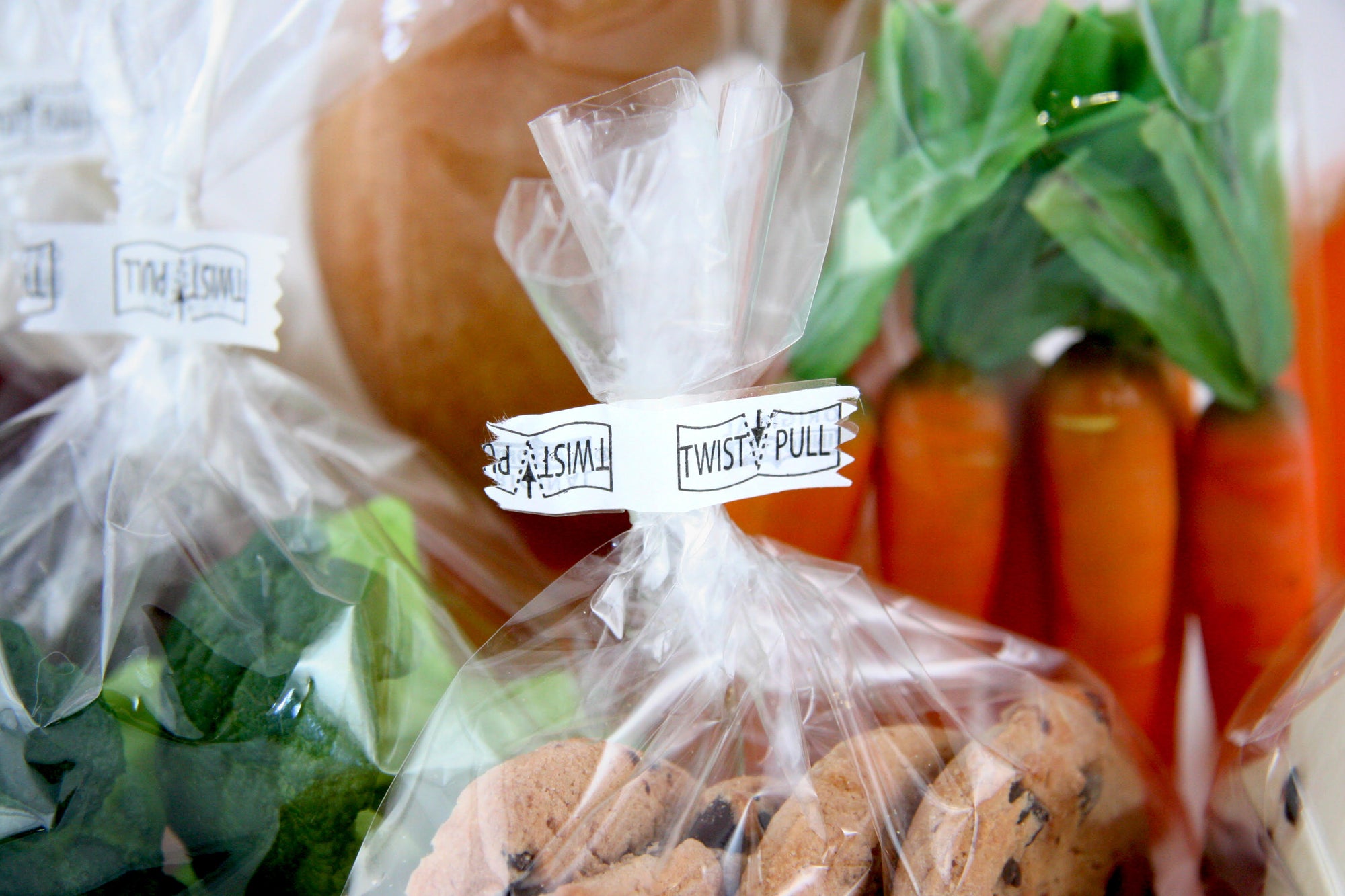When most people consider food safety, they stop after the food is prepared or served. This line of thought is perfectly fine for those who prepare for families and other events, but distributors have a lot more to consider before their job is done. For instance, what happens to the food once it leaves your kitchen, a controlled environment?
Lucky for us, someone else already did the hard part. An independent study recently compared all the popular methods for sealing goods for the long haul. Inspired by the need for more information and figures, these researches put long-standing methods to the test.
“For shop assistants, sealing the bags is a repetitive, physically demanding action that takes some time and could cause discomfort because of the physical load in combination with the time pressure.” Sound familiar? Taken directly from the study, this is exactly the situation that countless shops across the world deal with, unnecessarily. On top of that, they go on to explain how this acts as a nuisance to customers and safety hazard for children.
After a series of tests designed to handle all of these key points, the results were clear. Shop assistants were more fond of, and saw faster results, with the tape and paper system than plastic-covered wire and the traditional clip.
Consumers saw similar results with the tape and paper again taking the lead with over 90% approval on comfort and use. On top of that, the tape and paper method tied on speed with just tape at just over two seconds to seal, as opposed to nearly ten for the other methods. When it comes to convenience and preference, the time spent fidgeting with seals is highly important.
When the study gets to the matter of safety, it brings up a point and concern which the ordinary consumer may not consider. Obviously there is the concern of a child finding the metal wire or plastic clip, but these methods also pose hazard to employees in their usage. Researchers found that the adhesive tape seal with paper was absolutely the safest method.
When it comes to the proper sealing of food for distributors, there is another matter which wasn’t covered by this independent study: the quality of the seal itself. When transporting goods cross-country, or even cross-county, that seal is the only thing between your food and any number of contaminants nearby. Twist ties can come loose or be improperly twisted fairly easily and who hasn’t broken a plastic clip on accident at some point? The tape and paper method though holds tight and creates a virtually air-tight seal.
This tight seal is what makes or breaks the quality of your goods when they reach consumers. So when we take all of this information gathered, it becomes clear which method comes out on top. While the tape and paper sealers are not as traditional as twist ties and clips, they clearly have the upper hand.
If you’d like more information on how tape and paper sealing can benefit you or your business, please contact us at info@innoseal.com or 866-958-4666. Additionally, if you would like to read this study yourself, you can do so here. From everyone here at Innoseal, we wish you a safe and sound future!

